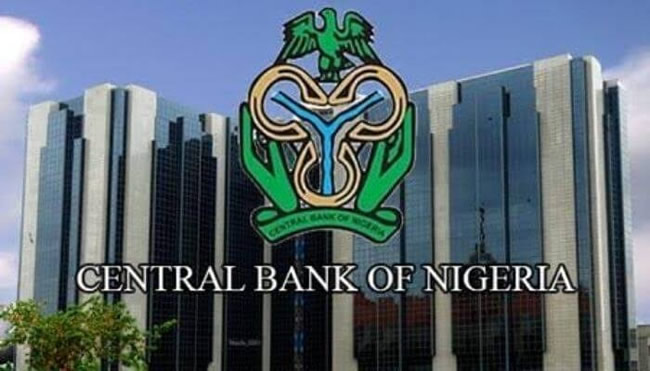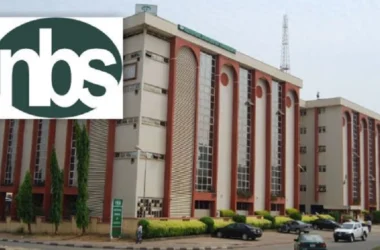The Central Bank of Nigeria recorded a significant decline in net loans and receivables in 2024, reducing its total exposure by more than N4 trillion. This reduction was mainly due to the sharp decrease in overdraft facilities granted to the Federal Government and adjustments across various lending categories.
According to the CBN’s audited financial report, net loans dropped from N16.12 trillion in 2023 to N11.98 trillion in 2024 at the bank level. Similarly, the group figure went down from N15.09 trillion to N10.96 trillion, reflecting a decrease of N4.13 trillion.
The largest reduction came from the Federal Government’s overdraft facility through the Ways and Means provision. This facility, which allows the government to borrow short-term from the central bank, was reduced from N7.95 trillion in 2023 to N3.27 trillion in 2024. That marks a decline of N4.68 trillion, or nearly 59 per cent.
This move followed the National Assembly’s 2023 approval to convert N22.7 trillion in overdrafts into long-term bonds to ease inflation and stabilize the economy. As part of the effort, the government has already repaid about N7.3 trillion of the debt.
CBN Governor Olayemi Cardoso noted this shift was part of the bank’s new direction, away from direct fiscal intervention and towards stronger monetary control. Under his leadership, the bank aims to limit its role in deficit financing.
In addition to the reduction in Ways and Means, CBN’s other credit items also changed. Long-term loans rose from N2.01 trillion to N2.72 trillion, while AMCON Notes increased from N3.90 trillion to N4.14 trillion. Staff loans saw modest growth, and certain legacy loans declined slightly.
A key development was the full clearance of N23.03 billion worth of promissory notes and the complete removal of the NESI Stabilisation Strategy Limited Debenture, which previously stood at over N800 billion. This special initiative was created to support liquidity in the power sector.
Overall, gross loans dropped significantly. At the group level, they fell by N3.62 trillion to N12.77 trillion, while at the bank level, they dropped by N3.65 trillion to N13.78 trillion. Meanwhile, expected credit losses rose to N1.80 trillion, reflecting tighter risk management.
In terms of loan recoveries, the CBN recovered N252.99 billion from its intervention loan programmes in 2024. These include schemes like the Anchor Borrowers’ Programme, Real Sector Support Facility, and the Commercial Agricultural Credit Scheme. The Anchor Borrowers’ Programme alone saw repayments of over N112 billion.
The Anchor Borrowers’ initiative, launched in 2015, has faced criticism over low recoveries and lack of transparency. Recently, lawmakers directed the CBN to recover more than N1 trillion disbursed under the scheme.
Other recoveries include N43.3 billion from the Commercial Agricultural Credit Scheme, N37.5 billion from the Real Sector Support Facility, and over N3 billion from Perpetual Debentures and the Accelerated Agricultural Development Scheme.
Cardoso, speaking earlier this year, said the central bank would no longer entertain intervention models that were prone to inefficiency. “The time when we have failed interventions is over,” he said.










